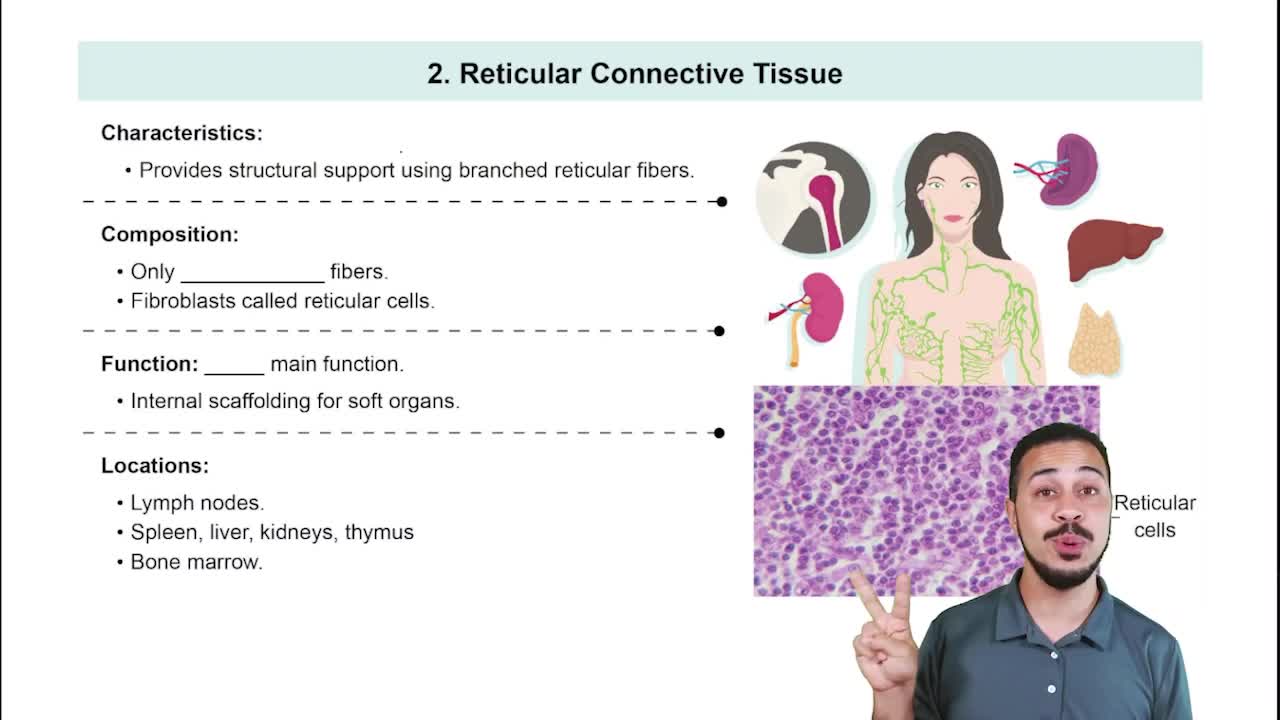Many chemical warfare agents, such as the poisonous gas sarin, block the enzyme acetylcholinesterase in the synaptic cleft. What effects will this poison have on muscle contraction? (Connects to Chapter 10) What effects will it have on the autonomic nervous system? What symptoms would you expect to see from this poison?
 Erin C. Amerman 2nd Edition
Erin C. Amerman 2nd Edition Ch. 14 The Autonomous Nervous System and Homeostasis
Ch. 14 The Autonomous Nervous System and Homeostasis Problem 14.12a
Problem 14.12aCentral nervous system control over the ANS is mediated by:
a. the reticular formation.
b. the hypothalamus.
c. the thalamus.
d. both a and b.
 Verified step by step guidance
Verified step by step guidance
Verified Solution
Key Concepts
Autonomic Nervous System (ANS)

Hypothalamus

Reticular Formation

Using 20 or fewer words, define each of the following terms in your own words.Sympathetic nervous systemParasympathetic nervous system
b. Parasympathetic nervous system
Parasympathetic ganglia are typically:
a. located along the spinal cord.
b. located near their target cells.
c. located within the central nervous system.
d. Parasympathetic neurons do not synapse in ganglia.
Fill in the blanks: The sympathetic nervous system is also known as the ________ division because the cell bodies of its preganglionic neurons are located in the ________ .
You are running a race to the top of a mountain. Explain all the changes your sympathetic nervous system will initiate to maintain homeostasis as you run the race.
A patient, Dr. Young, has both asthma and high blood pressure. Her physician prescribed the drug propranolol to treat her hypertension; this drug blocks all types of β-adrenergic receptors. She also takes the drug albuterol for asthma, which activates β2 receptors on bronchial smooth muscle. Will the pairing of these two drugs cause problems for Dr. Young? Explain.